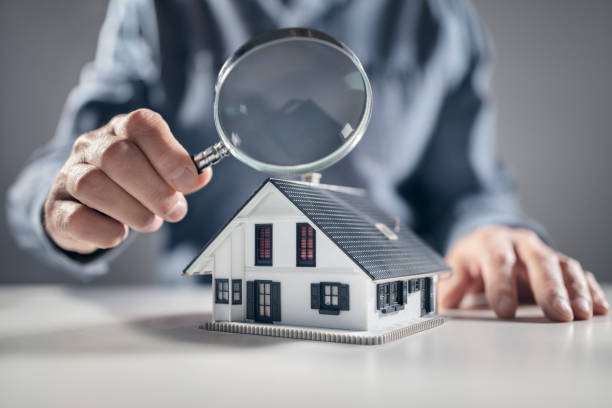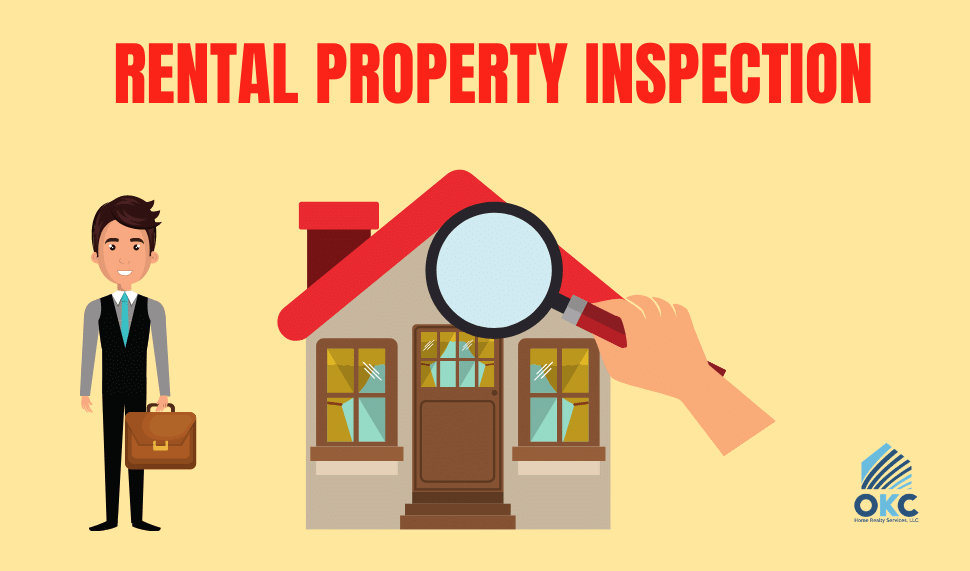What Is Consisted of in a Comprehensive Residential Property Examination Process?
An extensive building inspection process is essential for making sure and securing financial investments security. It includes a careful analysis of architectural honesty, electric systems, pipes, and cooling and heating devices, amongst various other important parts. Examiners do a thorough examination of both outside and interior aspects, determining potential hazards and compliance with sector criteria. The resulting record serves as an important resource for current proprietors and possible purchasers alike. The specifics of what examiners prioritize, and the implications of their searchings for, can considerably influence decision-making. What, after that, are the most crucial facets that can make or damage a residential property evaluation?
Summary of Property Evaluation

The assessment encompasses numerous essential locations, including the outside and interior aspects, systems such as plumbing and electrical, and any kind of visible architectural components (Phoenix home inspections). During the procedure, the assessor documents the problem of these elements, trying to find signs of wear, damage, or possible hazards
A complete residential or commercial property examination not only assists possible buyers make notified choices but likewise helps existing owners in comprehending essential repairs or maintenance tasks. By giving a detailed report of findings, the examination enables stakeholders to prioritize problems that might call for prompt attention or could affect future investment.
Moreover, a reliable inspection process abides by established market requirements and standards, making sure a regular and reliable analysis. On the whole, the property inspection process is an important tool in realty transactions, promoting transparency and protecting both purchaser and seller interests.
Structural Assessment

During the examination, professionals evaluate different parts, consisting of the structure, framing, walls, and roofing systems. They seek signs of settling or shifting, such as cracks in walls or uneven floors, which can represent underlying problems. The examination likewise includes analyzing the high quality of building materials and techniques used, making certain compliance with building ordinance and criteria.
In addition, assessors might look for signs of moisture intrusion, which can bring about timber rot and mold, further compromising architectural honesty. They likewise assess load-bearing elements to guarantee they can appropriately sustain the weight of the building and its contents.
Eventually, an extensive structural examination offers invaluable understandings for prospective purchasers and property owners, allowing them to make informed choices concerning building investments and necessary maintenance. By recognizing structural problems early, owners can resolve issues proactively, protecting the long-term value and safety and security of the home.
Electric System Assessment
An efficient electric system assessment is vital in the residential or commercial property examination process, as it examines the safety and security, functionality, and compliance of a structure's electric infrastructure - Best home inspections. This assessment usually incorporates a thorough evaluation of the primary electric panel, breaker, and circuitry systems. Inspectors search for indications of wear, rust, or damages that might endanger safety
The assessment includes testing for sufficient grounding and bonding, making sure that the electric system is appropriately connected to avoid electrical shock or fire dangers. Assessors additionally assess the capacity of the electrical system to manage the present tons, determining any type of prospective overwhelming problems that might result in failures or failures.
Furthermore, the analysis look for the existence of GFCI (Ground Fault Circuit Interrupter) and AFCI (Arc Fault Circuit Interrupter) tools in ideal areas, which are crucial for securing against electrical shocks and protecting against fires. Conformity with regional building ordinance and regulations is additionally validated to make sure that any installations or modifications fulfill safety and security requirements.

Plumbing and Heating And Cooling Checks
Complying with the electric system analysis, the pipes and cooling and heating checks are integral parts of the home assessment procedure. These examinations make certain that the crucial systems of the property are functioning properly and safely, thereby protecting the investment and click for more info health of the occupants.
Throughout pipes assessments, experts examine the condition of pipes, fixtures, and water drainage systems. They examine for leakages, rust, and any type of signs of water damages that can suggest larger issues. The efficiency of water heating systems is additionally examined to ensure straight from the source they meet existing criteria and supply sufficient warm water supply.
Inspectors will certainly evaluate the operational performance of these systems, guaranteeing that they keep a comfortable indoor setting. Additionally, the examiner will certainly look for any indications of wear or prospective safety risks, such as carbon monoxide leakages in home heating systems.
Exterior and Interior Examinations
Exterior and indoor evaluations are important facets of the building examination procedure, supplying a detailed summary of a residential property's condition. The exterior inspection entails examining structural elements such as the roof, house siding, structure, and windows.
The interior examination concentrates on the condition of living rooms, consisting of walls, floor covering, and ceilings. Examiners examine the capability of doors, home windows, and appliances, while likewise looking for indicators of dampness or structural concerns. Electrical systems, pipes fixtures, and cooling and heating units are looked at to ensure they remain in working order, certified with building regulations, and complimentary check from safety dangers.
Both evaluations finish in a detailed record that highlights critical searchings for and recommendations for repair services or more assessments. This twin approach makes sure that potential purchasers or proprietors are fully informed regarding the residential or commercial property's staminas and weak points, enabling them to make knowledgeable choices.
Verdict
Finally, a detailed property evaluation procedure incorporates a comprehensive examination of architectural honesty, electric systems, plumbing, and heating and cooling systems, along with thorough exterior and interior evaluations - Phoenix property inspections. By systematically evaluating each important part, possible safety and security hazards and compliance with industry standards and local building regulations can be identified. The resultant detailed report acts as a vital source, encouraging purchasers and house owners to make educated choices relating to building financial investments and upkeep, eventually improving safety and value
A comprehensive property examination procedure is necessary for securing investments and guaranteeing security.During the examination, experts examine different components, consisting of the foundation, framing, wall surfaces, and roofing system systems.An effective electric system evaluation is crucial in the building assessment process, as it reviews the security, functionality, and conformity of a building's electric infrastructure.Outside and interior examinations are vital facets of the residential property evaluation procedure, offering a thorough summary of a residential or commercial property's problem.In conclusion, a detailed residential or commercial property examination process includes an extensive assessment of architectural integrity, electrical systems, pipes, and HVAC systems, along with comprehensive outside and indoor inspections.
Comments on “Commercial property inspections for accurate assessments and financial security”